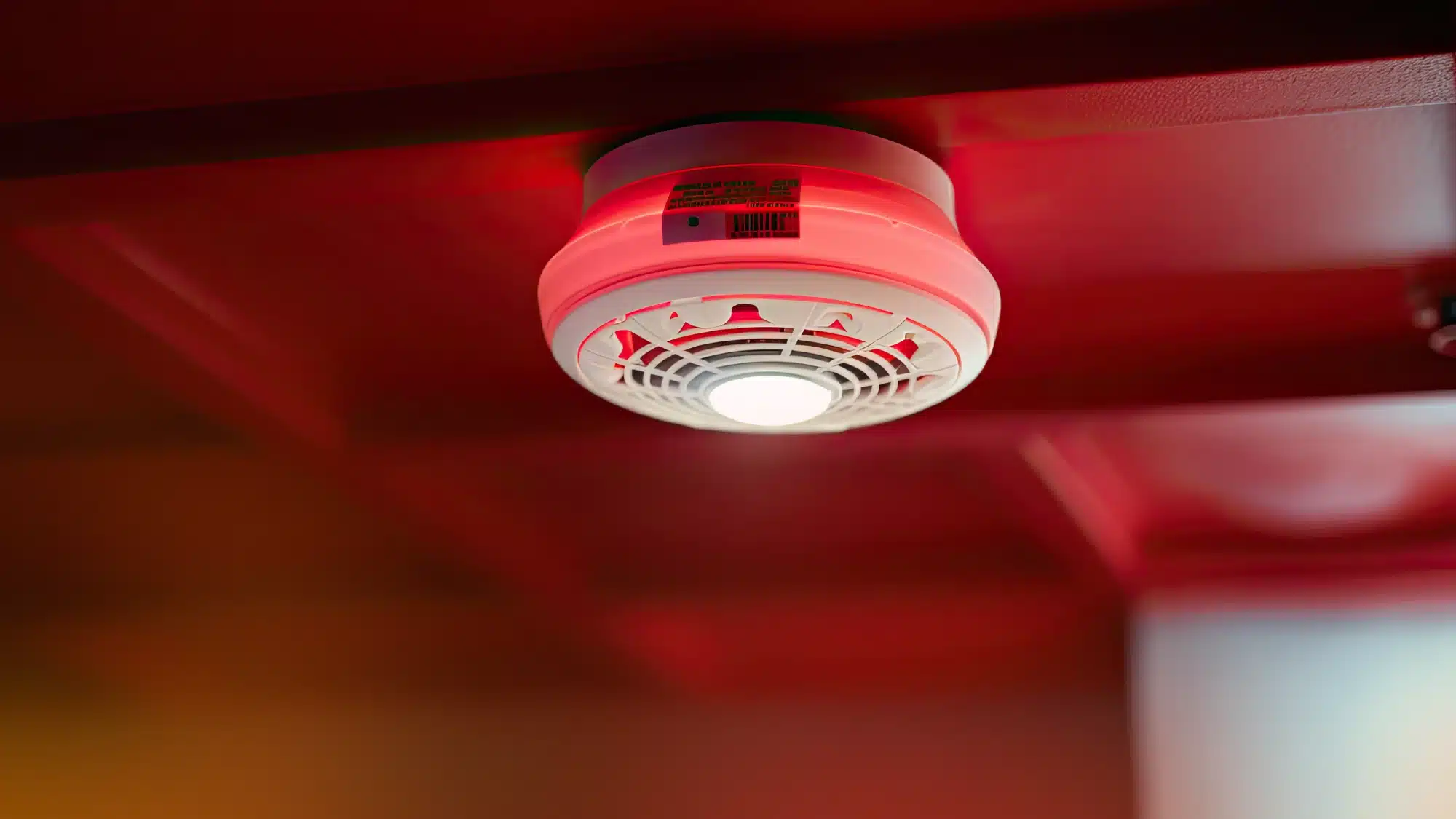October 13, 2025

As Connecticut braces for another winter season, facility managers face the critical challenge of ensuring the safety of staff and visitors during severe weather events. Integrated safety systems—combining fire protection, emergency communications, and environmental monitoring—are essential for effective winter emergency preparedness. If you’re searching for fire protection near me, understanding how these systems work together can make all the difference in safeguarding your facility.
Why Winter Emergency Preparedness Matters in Connecticut
Connecticut winters are notorious for heavy snow, ice storms, and high winds, often leading to dangerous travel conditions, power outages, and increased fire risks[1][3]. Facilities must be ready to respond to:
- Rapidly accumulating snow and whiteout conditions
- Power outages that disrupt heating and safety systems
- Blocked exits and emergency routes due to snow and ice
- Increased risk of fire from alternative heating sources and electrical surges
The Role of Integrated Safety Systems
Integrated safety systems combine multiple technologies to provide comprehensive protection:
Fire protection systems: Modern fire alarms, sprinklers, and suppression systems are crucial during winter, when heating equipment and temporary electrical setups increase fire risk. Regular maintenance and testing ensure these systems function even during power outages[3].
Emergency communication platforms: Automated alerts, PA systems, and mobile notifications keep staff and visitors informed about evolving weather conditions, evacuation procedures, and shelter locations[1].
Environmental monitoring: Sensors for temperature, carbon monoxide, and smoke help detect hazards early, especially when ventilation is compromised by snow or ice[3].
If you’re looking for fire protection near me, choose providers who offer integrated solutions tailored to Connecticut’s unique winter hazards.
Key Steps for Winter Emergency Readiness
1. Develop and Communicate an Emergency Plan
- Establish clear protocols for severe weather, power loss, and fire emergencies.
- Ensure all staff are trained on evacuation routes, shelter-in-place procedures, and the use of emergency equipment[3].
- Use integrated communication systems to broadcast real-time updates.
2. Maintain and Test Fire Protection Systems
- Schedule professional inspections of alarms, sprinklers, and extinguishers before winter begins.
- Ensure backup power sources (generators, batteries) are operational to keep fire protection systems running during outages[3].
- Regularly check smoke and carbon monoxide detectors, replacing batteries as needed.
3. Coordinate with Local Resources
- Know the locations of nearby **warming centers** and shelters, such as those operated in Hamden and Norwalk, to direct staff and visitors if evacuation is necessary[2][3].
- Register for local emergency alerts through CTAlert or municipal systems to stay informed about storm warnings and shelter availability[1][3].
4. Prepare Facilities for Severe Weather
- Clear snow and ice from exits, fire hydrants, and emergency access routes.
- Monitor roof loads to prevent collapse from heavy snow accumulation[3].
- Stock emergency kits with flashlights, batteries, blankets, and first aid supplies[1][3].
How Lynx Systems, LLC Supports Connecticut Facilities
At Lynx Systems, LLC, we specialize in integrated fire protection and emergency management solutions, designed for Connecticut’s demanding winters. Our services include:
- Comprehensive fire protection system installation and maintenance
- Emergency communication system integration
- Environmental monitoring and automated alerting
- Customized winter emergency preparedness planning
If you’re searching for fire protection near me, trust Lynx Systems, LLC to deliver reliable, code-compliant solutions that keep your facility, staff, and visitors safe—no matter what winter brings.
—
Prepare now to protect your people and property. For expert guidance and integrated safety solutions, contact Lynx Systems, LLC—your local partner in winter emergency readiness.

